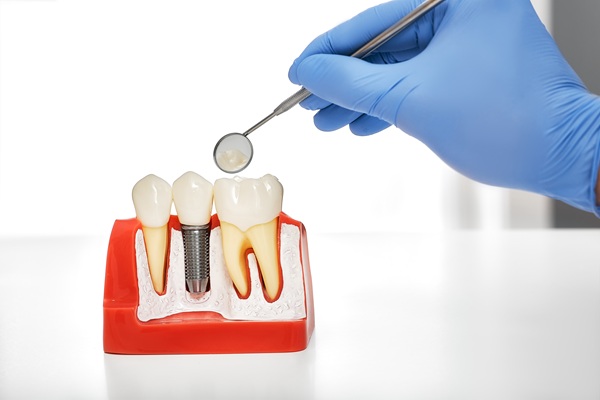How Dental Sealant Protects the Molars from Tooth Decay

What is dental sealant used for?
Dental sealant is a plastic coating that is applied onto the chewing surface of teeth. Its job is to prevent sugars, bacteria and plaque from making a home in the pits and grooves of the molars.
A dentist will recommend dental sealant to people who are at risk of getting cavities. If the dentist notices deep fissures in the patient's molars, they will use dental sealant to create a barrier between the enamel and the nasty things that would harm it.
Why a person would need dental sealant
Some people are more vulnerable to dental caries than others. A person with very deep grooves on their molars could benefit from a dental sealant. So could a person who has a family history of tooth decay.
More often than not, dental sealant is applied to the teeth of children, who are especially vulnerable to tooth decay. The sealant is applied as soon as a child's molars are fully grown, which is usually around ages six to seven and eleven to fourteen for the back molars.
How dental sealant is applied
The procedure of applying dental sealant is the same for adults and children. This painless, non-invasive procedure is done in several steps:
1. The dentist cleans the tooth with a motorized brush and special cleaning paste.
2. The dentist rinses the tooth with water and dries it. They then surround the tooth with cotton wool to keep it dry.
3. To get the tooth ready for the sealant, the dentist applies an acidic substance onto the chewing surface of the tooth. This micro-abrasive acid makes the enamel rough enough to provide the grip that the sealant needs to firmly adhere to the tooth. Fresh cotton wool is then placed around the tooth to allow the acid to dry.
4. After the acid dries, the dentist uses a brush to apply dental sealant into the grooves and pits of the molar. The sealant is a plastic-based dental resin in liquid form. It is usually transparent or tooth-colored.
5. To help it solidify and bond it to the tooth, the dentist cures the sealant by exposing it to a curing light for about 30 seconds. When it solidifies, the sealant forms a thin coating over the tooth's surface.
The entire process only takes a few minutes for each tooth. Once the sealant solidifies, the tooth will function normally, and a person can chew and bite down with the sealed tooth.
What to expect after the procedure
Applying dental sealant is a painless process, so no discomfort will be felt after the procedure. A person may feel like there is something foreign on their teeth, but the feeling goes away quickly.
If the molar hurts or still feels uncomfortable after a few weeks, the patient should see the dentist to find out what the problem is.
Caring for dental sealants
No special routine is needed to maintain dental sealants. All a person has to do is brush and floss their teeth twice a day.
Dental sealant can last for years or even the rest of a person's life. If it wears away, another coat of sealant can simply be painted onto the tooth.
Keep tooth decay at bay with dental sealant
A toothbrush may not always reach the grooves and pits in the molars, so it is a good idea to protect these surfaces with dental sealant. Sealant is a simple, painless way of preventing tooth decay. Visit a dentist and get it done today.
Request an appointment in our Peabody dentist office here: https://www.northside-dentalcare.com.
Recent Posts
Children need every preventive measure available to keep their oral health in top condition, which can include dental sealants. When it comes to children’s dental health, tooth decay remains the leading problem affecting children. The dentist uses dental sealants to protect a child’s teeth from the harmful effects of cavities. Continue reading to find answers…
Besides good oral hygiene and regular dental checkups, dental sealants are another preventive measure that protects the teeth against decay. Tooth cavities or decay remains the most common childhood disease in the United States. Despite the importance of dental sealants, many parents do not know about their purpose and how they work to protect a…
In many situations, dentists successfully utilize dental sealants to protect a patient's teeth from harmful decay. This simple preventative treatment is typically recommended for younger children but can also be helpful for adults as well. In fact, some dental professionals suggest sealants for adults with healthy teeth approaching middle and advanced age. While a wide…
Dental sealants can help children keep their teeth healthy and prevent more cavities from forming.Dental sealants can cover up biting surfaces of teeth to prevent further decay, which can lead to cavities. Dental sealants only take one appointment to apply and do not hurt the patient. Call us for more information.Dental SealantsAt Northside Dental Care,…


